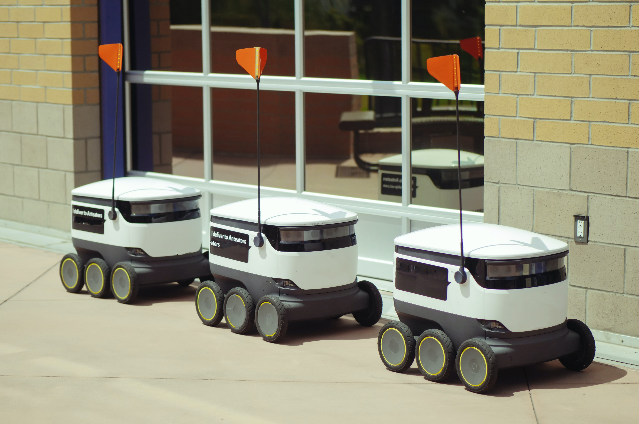
As technology continues to advance at a rapid pace, it is becoming increasingly clear that artificial intelligence (AI) will play a crucial role in shaping the future of transportation. From self-driving cars and drones to smart traffic systems and high-speed trains, AI is already making significant strides in the transportation industry.
One of the most exciting developments in this realm is the emergence of autonomous vehicles. These vehicles are equipped with a range of sensors, cameras, and other advanced technology that allow them to navigate roads and highways without the need for a human driver. While the concept of self-driving cars has been around for decades, it is only in recent years that the technology has reached a level of sophistication where it can be tested on public roads.
There are a number of potential benefits to autonomous vehicles, including increased safety, reduced congestion, and improved fuel efficiency. For example, autonomous vehicles are equipped with advanced sensors and algorithms that allow them to avoid accidents and respond to changing traffic conditions in real-time. In addition, because they can be programmed to follow traffic laws and regulations, they are less likely to cause accidents or traffic violations.
Another area where AI is making an impact in transportation is in the development of smart traffic systems. These systems use a combination of sensors, cameras, and other technologies to gather real-time data on traffic patterns and conditions. This data is then used to optimize traffic flow and reduce congestion, which can lead to faster, more efficient travel.
In addition to cars and traffic systems, AI is also being used in the development of high-speed trains and other forms of public transportation. For example, some high-speed trains are now being equipped with AI systems that can analyze data on weather, track conditions, and other factors to optimize their speed and efficiency. These systems can also be used to monitor the train's performance and detect any potential issues, which can help to prevent accidents and delays.
One way that AI is being used in transportation is through the development of autonomous vehicles.
Autonomous vehicles, also known as self-driving cars, are equipped with sensors, cameras, and other technology that allow them to navigate roads and traffic without the need for a human driver. These vehicles use AI algorithms to interpret data from their sensors and make decisions about how to safely navigate the road.
AI can also be used to optimize transportation networks and improve the efficiency of logistics. For example, AI algorithms can analyze data on traffic patterns, road conditions, and weather to route vehicles in the most efficient way possible. This can lead to reduced fuel consumption and emissions, as well as shorter delivery times.
Another potential use for AI in transportation is in the development of intelligent transportation systems (ITS). These systems use sensors, cameras, and other technology to monitor traffic conditions and provide real-time information to drivers. This can help to reduce congestion and improve safety on the roads.
In addition to these applications, AI can also be used to improve public transportation. For example, AI algorithms can be used to optimize routes and schedules for buses and trains, making them more convenient and efficient for passengers. AI can also be used to improve the customer experience by providing personalized recommendations and real-time updates on transportation options.
Overall, it is clear that AI will play a major role in shaping the future of transportation. Whether it is through the development of autonomous vehicles, smart traffic systems, or high-speed trains, AI is already making significant strides in improving the efficiency and safety of transportation. As technology continues to advance, it is likely that we will see even more exciting developments in this field in the coming years.
